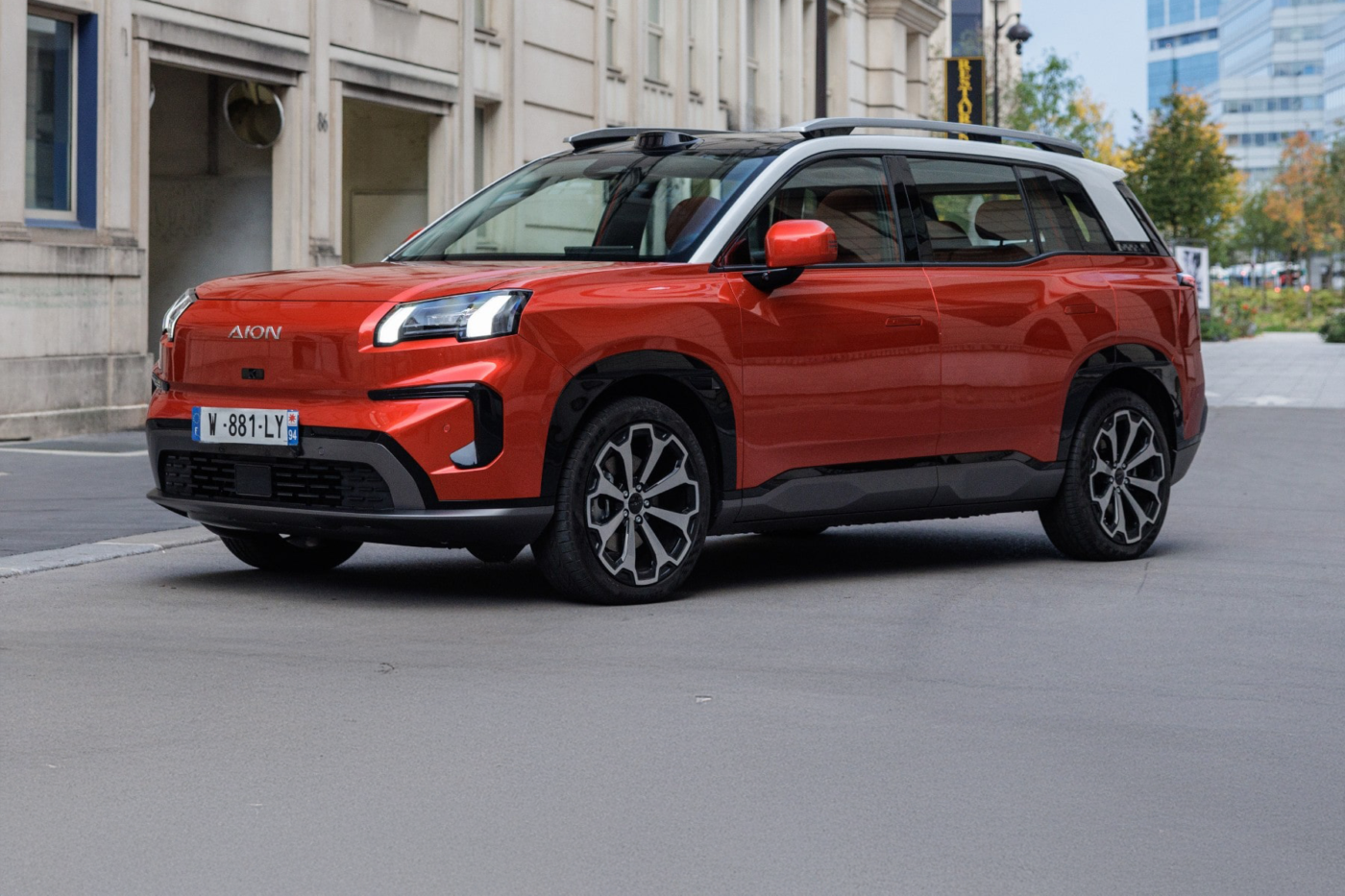
The great unknown: How GAC is warming up for Europe
Compared to GAC, Nio is a relatively small player, similarly to its competitors Xpeng, Geely or Zeekr, Aiways, and MG. Other than Tesla and BYD, no one in the world sells more new energy vehicles than the Guangzhou Automobile Group, which is hardly known in Europe, even under the abbreviation GAC – not to mention the electric subsidiary Aion. However, that could soon change, as is the consequence of the world rankings.
As one of the last of the old-fashioned car manufacturers from China, the number three is now also making its way into Europe and wants to increase its brand awareness and unit sales here. Without any frills in the nomenclature, solely under the umbrella brand GAC and initially only electric, the Chinese want to conquer the first countries before the end of this year. After Poland and Norway, it wants to get started in Germany as soon as possible.
The most exciting and probably also the most promising model is the Aion UT, which will not hit the road until next year. For a target price of “well under 30,000 euros,” it offers more space than an ID.3 with a length of 4.27 metres and a wheelbase of 2.75 metres and as much charm as we hope for from the ID.2. The shape is charming without being childish like the Mini or overdrawn like the Ora. The format of the pleasantly down-to-earth five-door fits nicely into the continental street scene.
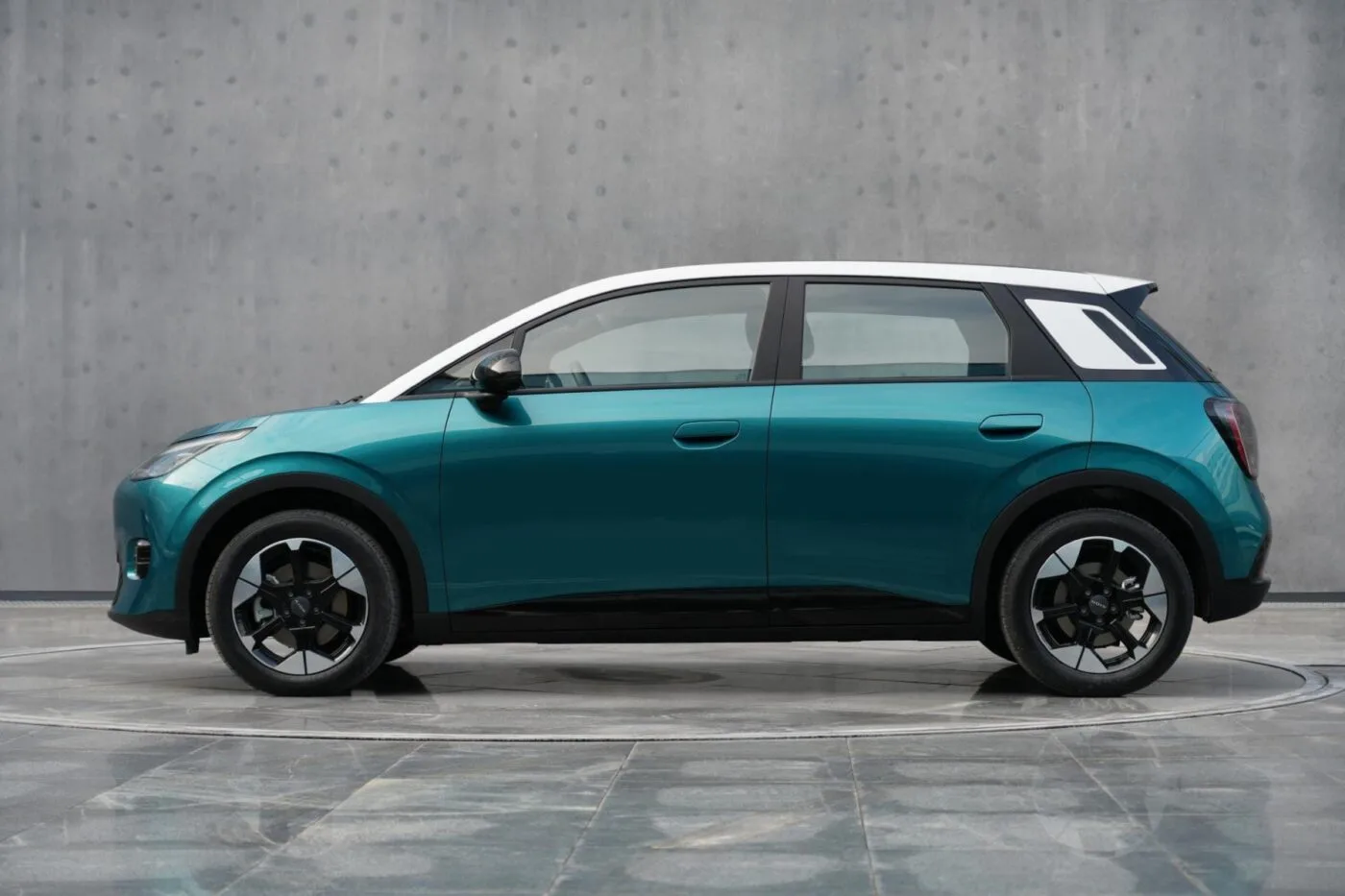
The interior has only few buttons and a large touchscreen. And Aion has added a second screen behind the steering wheel. Like Tesla, the UT has spherical rollers in the steering wheel, and, like Mini, the Chinese company is boldly experimenting with shapes and colours around the dashboard. And because some Chinese drivers prefer to snuggle up to hang out in the car rather than in their apartments, the front backrests can be folded down quite far, creating a flat chaise longue.
It’s a shame that there won’t be much time for lounging. While the UT with 11 kW AC charging power is only average, the Chinese want to take fast charging literally and plan for 180 kW, which is rare in this segment. The energy flows into a battery with an energy content of 60 kWh for 430 standard kilometres and feeds an electric motor with 150 kW, which accelerates to 180 kph after all. Here, too, the UT outpaces most ID. models.
Aion V will be the first GAC in Europe
At the other end, the Aion V, which was already on display at the Paris Motor Show, is ready to launch. It sits on the same platform as the Aion UT but stretches to 4.60 metres, offering even more space. However, because it also reaches SUV height, it is much more interchangeable despite its eye-catching lights and angular front. And at an estimated price in the lower half of the 30,000s, it is up against countless competitors. Yes, 180 kW charging power and 180 kph are also good arguments for it, but in this class, motors with 150 or 165 kW and batteries with 75 kWh for 520 kilometres are no longer that exceptional. The Chinese version, which has a range of 700 kilometres with 90 kWh, could thus offer a competitive advantage.
Because there is a gap between the two, there will also be an Aion Y as a comparatively conventional compact – but only in small numbers and thus not in all countries. Apart from headlights with striking LED sunbeams, it is an inconspicuous 4.54-metre hatchback with too much ID. inspiration. It will probably cost around 30,000 euros and offer a 63 kWh battery for 430 kilometres in addition to the 150 kW motor.
And for all those who want to spend a little more money and get a lot more car in return, the HT from the classy Aion sister company Hyptec is also on the way, stealing the show from the Tesla Model X in particular. Because even if the falcon doors are only available for an extra charge, it doesn’t look much less impressive at almost five metres in length. And if you only pay an estimated 50,000 euros instead of 100,000, you can also live well with 250 kW, just under 85 kWh and a range of 500 kilometres.
GAC does not want to make the same mistake as many other newcomers from the Far East and overwhelm customers with too many brands. However, the Chinese company is making one exception: parallel to the passenger car fleet, they also want to bring light commercial vehicles into the country starting in 2026 and compete with models such as the Ford Transit or the VW Transporter. To this end, their European partners are founding Flynt and, like only Kia and Mercedes among the major OEMs to date, are relying on a dedicated skateboard architecture on which they will build minibuses and vans with space for 8.7 to 16.5 cubic metres of cargo. Lithium-iron-phosphate or nickel-cobalt-manganese batteries with up to 100 kWh for standard ranges of 500 kilometres at best are installed in the floor. In the battle for short delivery times, Flynt is increasing the charging power: 22 kW is already possible with AC and an unrivalled 220 kW is available at the DC column.
60 per cent state participation – advantage or disadvantage?
With its main plant recognised as an industrial beacon by the experts at the Word Economic Forum in Davos, a top ranking in the JD Powers quality report and a place on the podium behind Tesla and BYD last year, it’s no wonder that Guangzhou is looking to Europe with pride and confidence. All the more so because, as a company with 60 per cent state ownership, they are under the influence of the Chinese government but also its protection. Thus, unlike many Chinese startups, GAC does not have to fear for its future, especially as the company will soon be 70 years old.
Yyou only have to look at the modest European registrations of Nio or BYD to realise that size, strength and confidence alone are no guarantee for success and that even the lowest prices cannot buy a large market share. Nobody knows this better than Thomas Schemera, who was first responsible for BMW’s business in China, then made Hyundai and Kia big in Europe and now, shortly before retiring, wants to show the Chinese the way to the West.
Barely a week after taking office, it is still a little difficult for him to characterise the brand in one sentence and buzzwords other than “unrivalled prices,” “pioneering technology” and “comprehensive digitalisation” do not yet come to mind. However, he has already learnt that it takes more than competitive – or rather unrivalled – prices and modern technology. “We need to build the brand consistently, stably and stringently,” he explains. “And we need a sensible sales network,” says Schemera, who clearly enjoys relying on the local expertise of established partners.
And that requires, above all, one thing: patience. That’s why his boss Wei Haigang, unlike the competition, is also finding it difficult to bend over backwards in front of Brussels and throw a European production site into the race – even if GAC, with its proximity to Beijing, is hit harder by the punitive taxes than everyone else. “But first we have to sell enough cars in your country to make a dedicated plant for Europe worthwhile.” It will probably be a while before the manufacturer reaches the necessary 100,000 cars, and the ascent will have to wait. But at least the issue of the modest level of recognition should change more quickly.

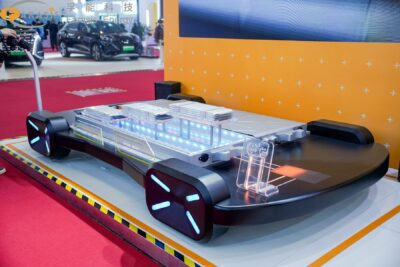
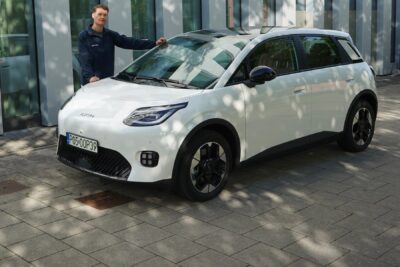
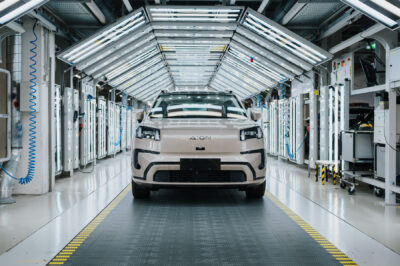
0 Comments